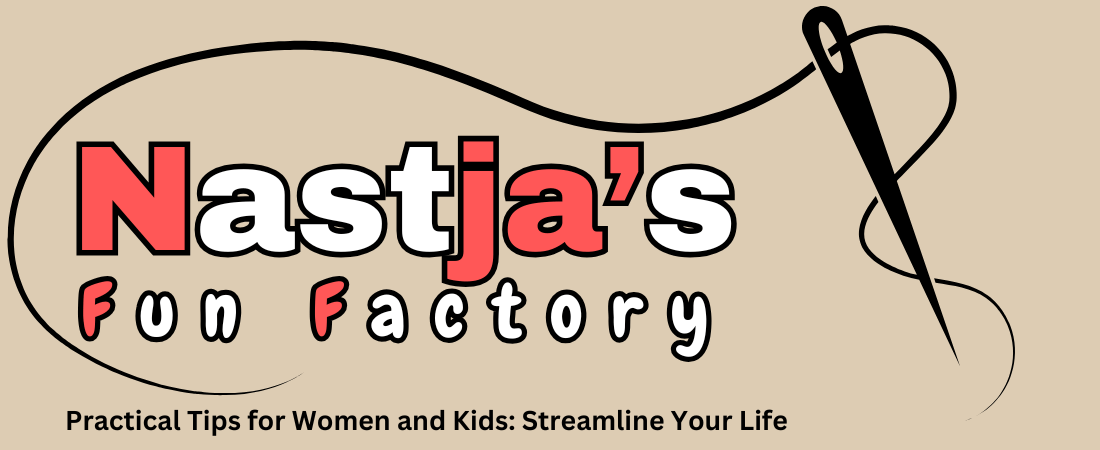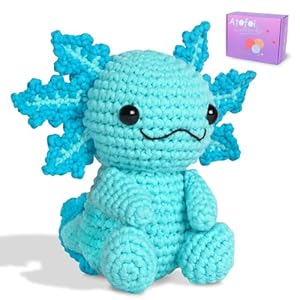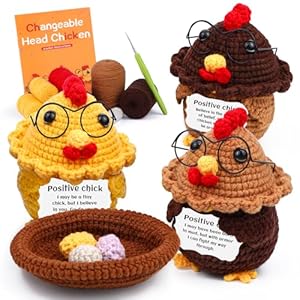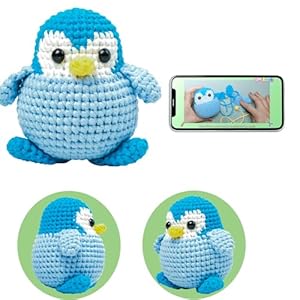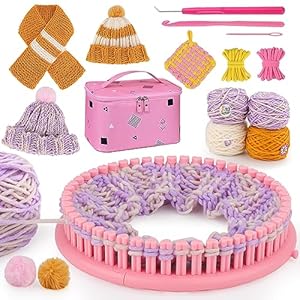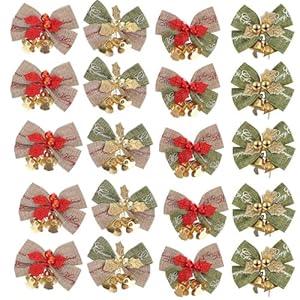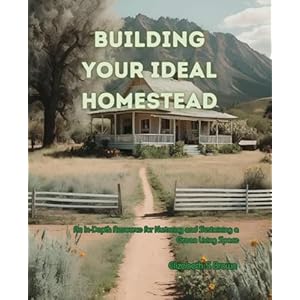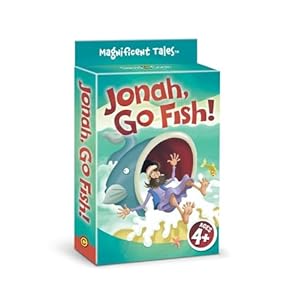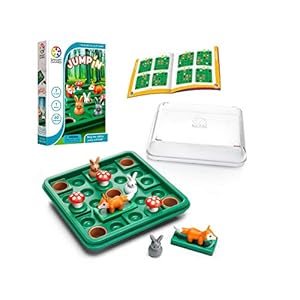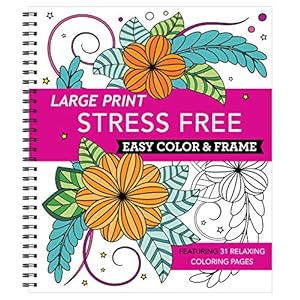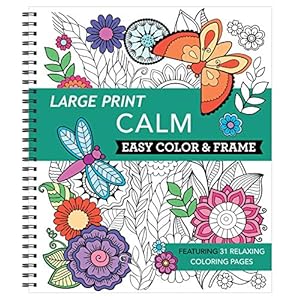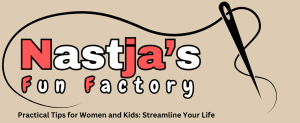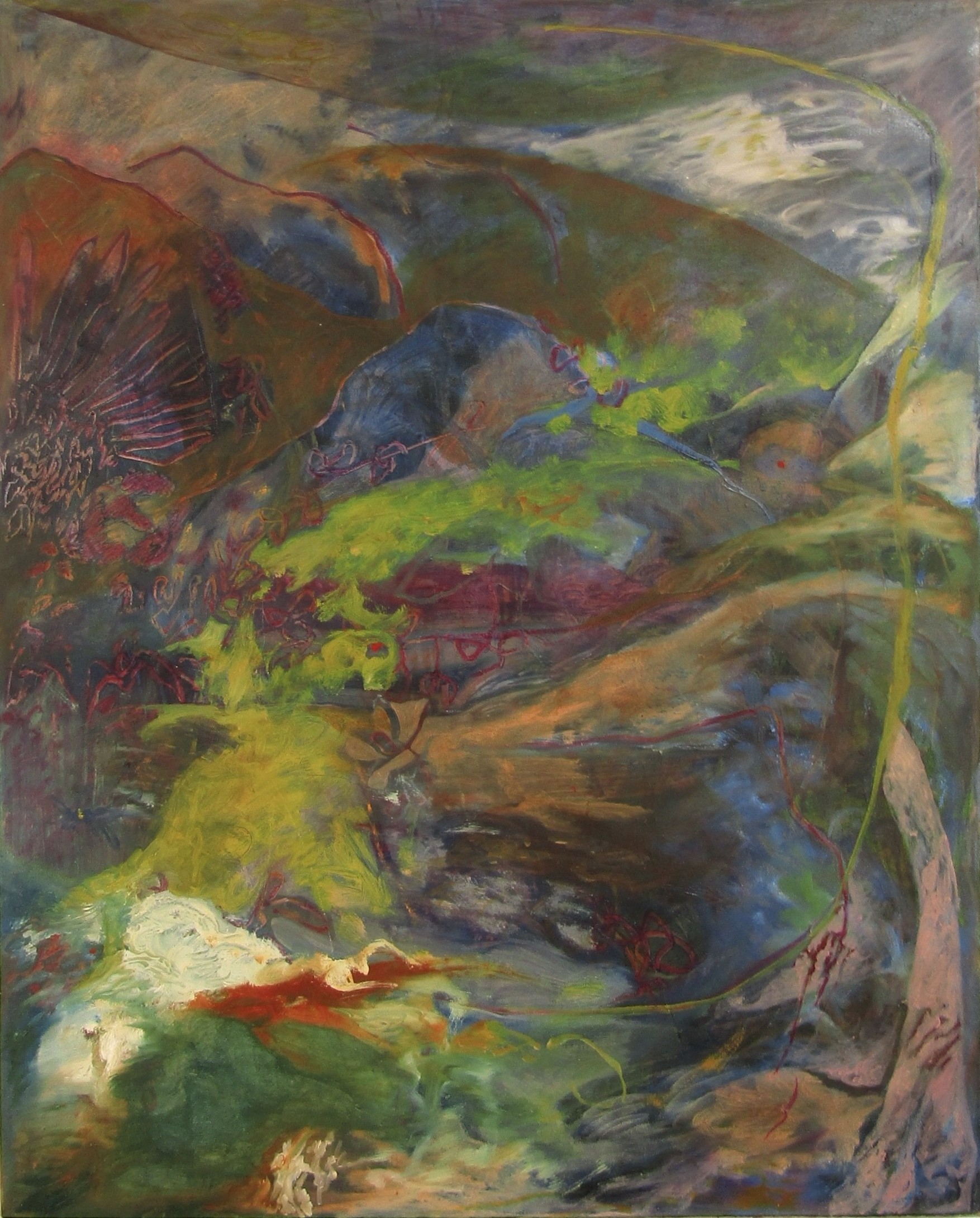
Lulu Weide won Hugo Barclay’s Choice Award in Jackson’s Art Prize this year with her work Never Been to Stone Henge. In this interview, she discusses finding inspiration in Swedish cliffs, the joy of working large, and allowing her work be rough around the edges.
Above image: Lulu Weide in her London-based studio

Never Been to Stone Henge, 2025
Lulu Weide
Oil on canvas, 150 x 120 cm | 59 x 47.2 in
Josephine: Could you tell us about your artistic background?
Lulu: Something that I will always be grateful for is that I have never been discouraged from pursuing art by my family. Sure – I’ve been warned about the hardships of working as an artist, and witnessed first hand the norm of juggling multiple jobs in the creative world – but that conversation has always ended in encouragement to find a way to keep going, rather than a push towards a career more ‘practical’. My family are very creative; having a dad who runs his own Mod Menswear brand and a mum who breathes creativity, working as a Print Lecturer at London College of Fashion, I have grown up with a real sense of appreciating colour, fabric, print, and pattern.
It sounds cliché, but I’d also say being born in London, raised in South East London, has influenced my sense of finding creativity all around me. My secondary school art department did so much for their students, it was at the age of around 16 that I first connected with painting. They supplied materials like impasto gel, which I realise in hindsight is incredible for a state school, especially as the arts are being deprived of funding year by year – although I did used to sneak home tubes of paint with me from school as a teenager (sorry).
Even though I have always had an appreciation for paint, I’ve struggled a lot in finding what resonates with me creatively. After completing a (covid style) Foundation Year at Camberwell College of Arts in 2021, I went on to study at University of Brighton due to them being one of the few courses I could find that offered Fine Art Painting, rather than just Fine Art. It was a hard first two years of finding my feet but by my third year I really found myself enriched in a fluid painting style, beaming with colour and pattern.
Just over a year since graduating, I currently spend my time making work in my studio space in London or at work in a beautiful art gallery where I get to see the behind-the-scenes. This year I had my first solo show at Lewisham Arthouse titled ‘Second The Best’ which has spiralled many more ideas for future shows.

Lulu using pastel
Josephine: What does a typical working day in the studio look like for you? Do you have any important routines or rituals?
Lulu: A typical day at the studio is very stop and start. I find that I struggle to make work consistently throughout the day, meaning that I might have the most unproductive first hour or two of scrolling, ‘organising’ my studio space, or feeling overwhelmed at the amount of open calls I need to apply to – then, out of nowhere, I will notice the smallest detail in a piece hanging on the wall that immediately needs to be painted over, added to, or reinvented. The best work I make comes out of this situation. Without even getting changed into my painting boiler suit (the amount of paint-stained clothing I have is concerning). The next three hours will be spent painting, scrubbing away what was just painted, painting something new, and so on. All of a sudden, my guilt for an underproductive morning is overshadowed by the unveiling of a new painting. By this point I’m usually slightly dizzy from the smell of paint, and not having eaten or drunk for the past few hours, I either sit down for a bit, or I leave the studio instantly. Otherwise, I’ll find myself adding a new colour to the piece I told myself would be a little ‘less’ this time around. Although it may sound a bit hectic, I thrive on this feeling of not being able to stop painting, nevertheless, I am working on finding balance.

Materials
Josephine: Which materials or tools could you not live without?
Lulu: I feel incredibly lucky for stumbling upon some beautiful materials in my final year of university. My partner received a message in a local community group chat from somebody giving away lots of oil paints. Naturally, she messaged straight away in order to give these supplies to me – at the time I was struggling to afford materials to paint with, despite working in my retail job three times a week during university. My favourite material from this selection was a tiny Chrome Orange tube of oil paint, and not the ‘hue’ version like I had used before. I became obsessed with the level of vibrancy achieved from this tube of paint and savour it to this day. I also love using oil sticks and oil pastels, which help me combine painting and drawing in my work.

A Place Where Fire is Born, 2025
Lulu Weide
Oil and oil stick on canvas, 120 x 150 cm | 47.2 x 59 in
Josephine: Do you work from a reference? What is your process?
Lulu: My process differs from piece to piece. Most come about from an intuition at my core, starting with the base of selecting a size of the canvas/stretcher bars, then going from there. I find my work is a lot more fluid when I work on a larger scale, and more confined when I work smaller. Both have their strengths, although large scale pieces bring me the most joy.
References typically come from patterns and from experiences in nature – especially in Sweden, where my whole maternal side is from. We visit every year, meaning I take lots of photos of the cliffs (berg) that integrate the Swedish landscape, even in the cities. I don’t necessarily use these photos as a starting point, it’s more that I begin painting their shapes and silhouettes subconsciously, then the realisation I have painted them comes upon me. For example, a natural staircase within the cliffs I saw last year, I started to play around with the composition and make it my own.
I definitely tend to gravitate to a colour palette consisting of warm yellows, oranges and blues. Recently, I have started to restrict my colours a little, to see how making work that’s a little more conscious of bringing out the multitude of tones within a few selected colours goes. I want to get to a place of self-restraint where I can paint a piece solely in blue and purple, or just red and pink. It sounds silly but I just love trying all the colour combinations, and do end up with painting swarms of different colours. I try to see that as a sign of enjoyment though, and don’t want to lose my love of colour by restricting myself too much.

Closeup of a work in progress
Josephine: Do you regularly draw or keep a sketchbook? If so, how does this inform your work?
Lulu: Keeping a consistent sketchbook is something I always aspired to do, but my work is so idea-driven that most of my support work is done spur of the moment on different textures of paper or surfaces. I love to make small experimentation drawings using masking fluid, pastels, and paint, focusing mainly on mark-making in different forms. I enjoy putting these works up on my studio wall, or rearranging them in different orders, which is probably why keeping a sketchbook typically doesn’t work for me. I like the freedom of reinventing these smaller drawings. I used to really get down about this, questioning why others can pull out such pristine, immaculate sketchbooks, and when I tried it the work always felt forced and fell flat.
I came to terms with the fact that it’s okay to be a bit messy with creating support work during university, and in fact not putting pressure on creating ‘good’ drawings helped loosen me up a little and take more risks in my larger pieces. In my next show I hope to show some of my pastel drawings alongside the paintings.

August with Friends, 2025
Lulu Weide
Oil and oil stick on canvas, 120 x 90 cm | 47.2 x 35.4 in
Josephine: Have you ever had a period of stagnation in creativity? If so, what helped you overcome it?
Lulu: I have had many halts creatively. I think it’s not spoken about enough that money really and truly affects everything – give or take. Stagnation in creativity often, for me, isn’t about lack of inspiration, it’s more about not having the time or resources to execute what you’re inspired to make. Using the Jackson’s prize money I received this year is such a big help to an emerging artist like myself who juggles two jobs as well as being a painter. I’m not saying that it is as easy as just having the resources, of course I need to feel that spark of creativity, but having those resources is the first step. Stagnation often means the brain needs to stop and recollect. I believe the issues of not feeling creative, mental health, and issues within the cost of living are all interlinked. Overcoming it more often than not is hard, but the breaks in between painting can lead to creating something new and fresh. Oh also, detaching yourself from constant internal critique and comparison to what you see online I find does help getting back in the studio.

Places II, 2025
Lulu Weide
Oil, oil stick, and pastel on linen, 40 x 30 cm | 15.7 x 11.8 in
Josephine: Are there any specific artists or mentors who have inspired you?
Lulu: I love the work of Rachel Jones, Pam Evelyn, and Francesca Mollet. I recently visited Rachel Jones’ exhibition at Dulwich Picture Gallery and immediately wanted to teleport into my studio and paint. Working on the scale she does, as well as how playful her pieces are, is really admirable. The exhibition felt like being in an alternate realm, but still with a sense of familiarity and home. The contrast of these raw, incredible, large unframed pieces hung within close proximity to more intimate, smaller drawings was so stimulating to the brain. I hope to mirror this feeling in my future exhibitions.

Closeup
Josephine: What were you thinking about or exploring at the time you painted Never Been to Stone Henge? What inspired it, and how did it come to be?
Lulu: The piece Never Been to Stone Henge is a reworked painting of a piece I made towards the end of University. Unsatisfied with it, I left it alone for six months until one day in the studio I was craving to create something large scale, as I was making smaller pieces at this point. Painted in a mundane repetition of retail days and cold nights, I see my internal desperate search for another realm reflected in the making of this piece. Winter can bring on a sense of doom – especially in early February when this painting was made. It wasn’t till the final stages of this piece, right when I used a paintbrush with a long stem, recently purchased from a garden centre, that I made this giant swooping gesture from the top of the painting to the bottom. This gesture, painted in a greenish yellow hue, was raw and grainy. This silhouette is what reminded me of the giant stones laid at Stonehenge, something that I always found fascinating since learning about the subject and its mysticality in school history lessons. Self explanatory, but, I have never been and have always wanted to go and see it in person. For now, my piece serves as a reminder to actually go one day and not let the time pass me by.

Studio shot, September
Josephine: Why did this piece feel like the right one to submit?
Lulu: This piece felt like the right one to submit, and in fact was the only piece I submitted, because as soon as I finished the piece I knew it was something true to what I love about painting. There’s these deep jewel tones swarming in juxtaposing directions, with pockets of light deeply embedded in quite a heavy piece. This was made a few months into creating work in my studio with no form of university crits or mentorship, as opposed to the year before, and I finally felt a sense of relief upon making the piece. At last, It finally felt like I knew what I was doing again.
Intuition was a huge factor in the painting process and my partner, who I shared a studio space with at the time, is a witness to my frantic mixing of paint colours, fast application of paint and all together explosion of determination after a long and perhaps ‘passionless’ drought in my work. Although this piece technically only took me a couple dedicated days to make, the history of the previous abandoned layers of paint, as well as the urge to let go of the mundane winter months are all things that seep into the making of Never Been to Stone Henge.

Fortune, 2025
Lulu Weide
Oil and oil stick on canvas, 150 x 120 cm | 59 x 47.2 in
Josephine: How did it feel to move through the stages of the competition and win Hugo Barclay’s Choice Award?
Lulu: As I applied the year before and knew how hard it was to even get onto the extended longlisted, I didn’t necessarily expect to make it to that stage. However, I will be honest, as soon as I got the news that I had been longlisted… I just knew that this piece was deserving of even more. And that’s not to come across as overconfident, but I think that gut feeling I had when making this piece gave me a lot of reassurance during the stages of the competition. I proceeded with nerves throughout each stage, and grew more and more confident in my art practice as I went on.
The validation, especially post-university, from the art world is quite helpful to know that maybe I’m on the right track. To win Hugo Barclay’s Choice Award felt incredible to be selected, and exhibiting the work in person at the Bankside Gallery I think was my favourite part of the competition. Seeing work in person is, obviously, the best way to experience art, and I was so intrigued and excited to see the other artist’s work all together.

Untitled Drawing, 2025
Lulu Weide
Watercolour, pencil, and masking fluid on paper, 14.8 x 21 cm | 5.8 x 8.2 in
Josephine: How did you come up with the title of this painting? How do you usually go about titling your work?
Lulu: As previously mentioned, the title came about at the last stages of creating this painting. The large curved gesture in green, to me, really resembled the rough exterior of cliffs and stones. I think titling Never Been to Stone Henge mirrors the escapism I hope my piece offers to viewers, like it did for me. Most, if not all, of my work is titled after it has reached its last stages of making. I think my painting process is quite messy, contradicting, and a real ‘journey’, which is why I aim to have my title reflect this in some way. I don’t really want to title it something too obvious in hopes that the viewer can see what they are drawn to see in each piece. I used to achieve this by titling my pieces in Swedish, as most people here in England won’t be able to translate. For example, titling a light, soapy, translucent piece ‘diskmedel’ (washing up liquid) so that I as the artist have a name to associate to the piece, but it isn’t something that will interfere with how the viewer receives it. This method sort of works – apart from all my Swedish family were probably thinking ‘why has she named a painting after dishsoap…?’. It is sort of a flawed system, but the main take from it is that even though I’ve painted the piece, I don’t want to get in the way of how you might connect with it. It sounds very cringey when typing this but I think so far keeping my titles quite vague helps in starting a conversation about the painting.

Studio shot
Josephine: Despite its abstraction, Never Been to Stone Henge perhaps feels more ‘detailed’ than some of your other work. Did this come about organically
Lulu: I believe this piece came about in a situation-led way. The pockets of detail usually reveal a new colour, pattern, or technique that I want to try out. This led to an overall painting with a lot going on – in a good way though. Like I mentioned about Rachel Jones’s ‘Gated Canyons’ exhibition, I love when pieces are mentally stimulating and there’s so much colour and expression to take in. Sort of like a baby in a pram captivated by some glistening toy dangled over them, I love looking at a piece and almost falling into it.
Scale definitely is a huge factor that helps create this sort of response, which I think is why Never Been to Stone Henge is as detailed as it is. My previous work in winter was smaller and less adventurous. I think I was painting with an anxiety of what the final outcome would look like previous to this piece, probably due to the stresses and pressures of leaving university with no feedback from my peers. Yet, when making the stonehenge piece, I was so strung along by the paint and the whole experience that I didn’t get the chance to even feel that pressure in the making process. The details that make it up are what adds character to the overall piece; this piece is rough around the edges and doesn’t shy away from it.
Since painting this, I went on to create Fortune, maybe my favourite painting I’ve done, and more recently A Place Where Fire is Born, which is a lot more playful in its composition compared to previous work. Speaking of details, something I am exploring in current work is leaving gaps of ‘quieter’ spaces to give the more dense areas in the piece more breathing space.

Lulu in the studio
Josephine: Are there any new materials or ideas you’re excited to explore using your prize?
Lulu: Of course, it goes without saying that the £1,000 towards Jackson’s materials is a real game changer for me in my art career. It has helped me overcome boundaries that hindered my practice, and I hope to now start experimenting more. I plan to paint on linen this autumn and experiment with leaving some exposed linen throughout my work. I love when artists do this. I also hope to create more vibrant, long-standing pieces by purchasing paint pigments to further my work.
Josephine: What’s coming up next for you?
Lulu: From using what I’ve learned from my first solo show in May, I have lots of ideas of what to do next. I’ve had the pleasure of working with Rotate Gallery in the current exhibition at PRI Headquarters titled ‘Stare.Touch.How dare you?’ which shows two of my pieces alongside talented ceramist Emily Stapleton-Jefferis, on till 31st October. At the minute I’m working on a range of new pieces in my studio, keep an eye on my website and Instagram for more details on what’s to come.
Further Reading
Meet Eleanor Johnson, Winner of Jackson’s Art Prize 2025
Jackson’s Art Prize 2025 Exhibition at Affordable Art Fair
How We Collaborate With Artists
Expert Advice on Making Your Way as an Artist
Shop Oil Painting on jacksonsart.com
The post Lulu Weide: Subconscious Silhouettes appeared first on Jackson's Art Blog.
Trending Products
